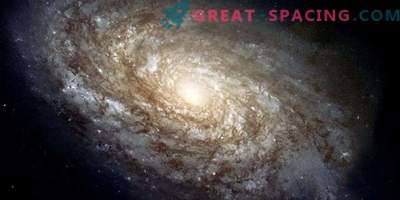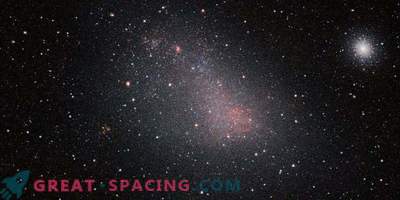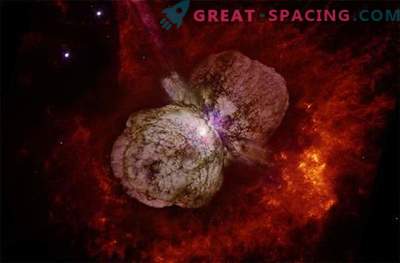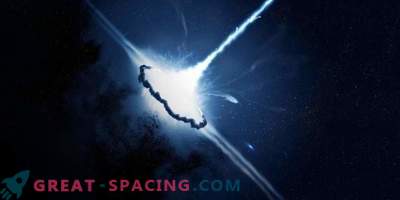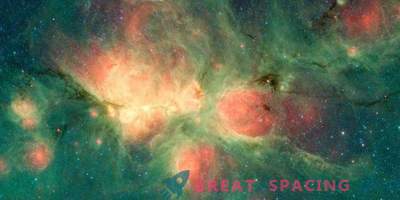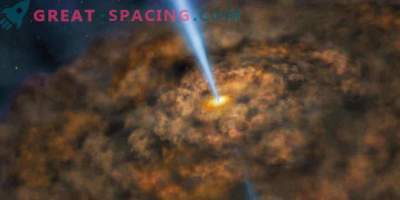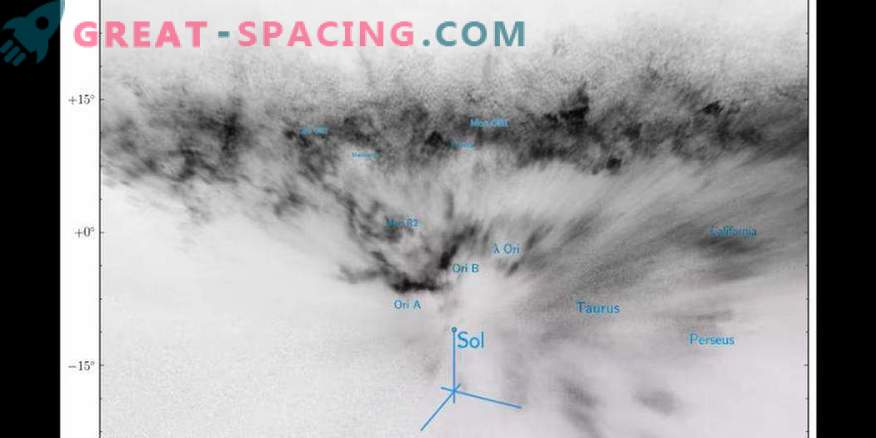
A group of astronomers displayed distortions caused by dust permeating our galaxy. This will help measure how quickly our universe expands.
Dust ... This is a real curse for homeowners and astronomers. First, it makes constantly direct the frequency, but the second complicates the process of studying the galaxy and the universe.
Scientists from the Berkeley Laboratory who are developing the project “Dark Energy Spectroscopic Instrument” (DESI) are particularly worried about dust. It should start in 2019 and its goal is to accurately measure the rate of expansion of the universe. For this, DESI had to create a map that included more than 30 million distant galaxies.
But the map will be inaccurate if scientists do not take into account the distortions caused by dust. In addition, you will have to deal with the distortions created by the influence of the earth's atmosphere. Therefore, it is necessary to circumvent the influence of dust particles blocking astronomical observations.
“Light from distant stars travels a distance of billions of years before we can see this beam,” said Edward Schlafli from the Berkeley Lab. “But the last thousand years of our journey to us, a certain percentage of light is absorbed and scattered by dust in our galaxy. We need to do this. ” The Shlafli team found out that the best option would be to create a 3D map. And it turned out to be much cooler than everyone thought.
To do this, astronomers used observations of terrestrial instruments, combining data from two Pan-STARRS telescopes in Hawaii with those of the Sloan Digital Sky Survey in New Mexico - APOGEE (using infrared spectroscopy).
Displaying dust in three dimensions, they were able to calculate how much it is in any part of the sky and in the Milky Way galaxy. Shlafli says that new 3D dust maps are much better than previous ones.
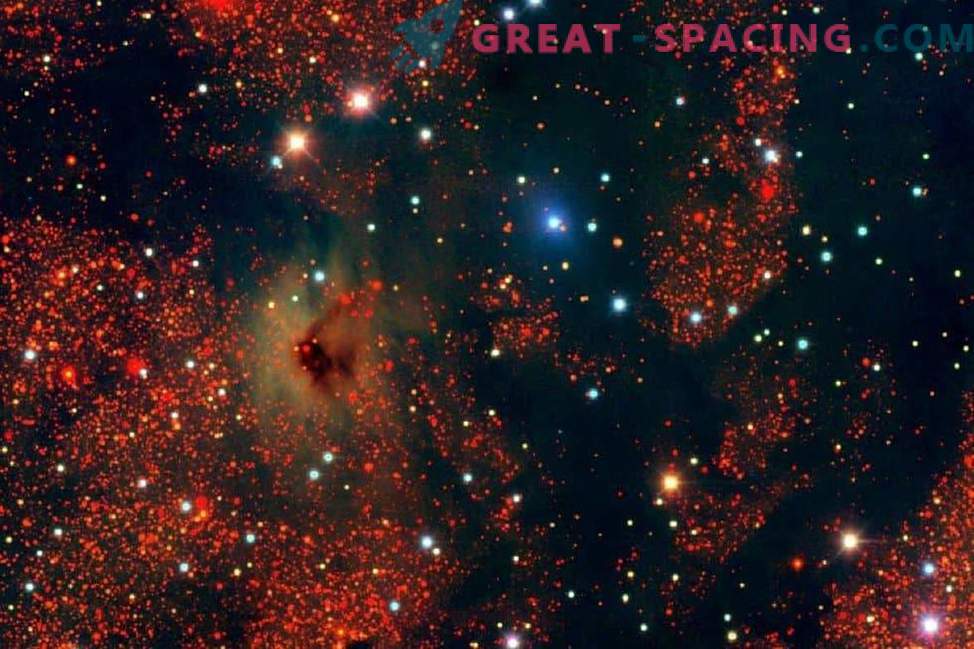
In the dark areas, dense dust clouds are noticeable. As a rule, red stars turn red from dust, and blue ones are in front of clouds of dust. This is part of a survey of the southern galactic region.
Scientists not only mapped the dust, but also found a couple of puzzles. The properties of dust differ in the aisles of 1 kiloparsec (3262 light years) from the Sun compared to dust located in a more distant galactic plane and the outer galaxy. They also found that the distribution of dust is different from previously predicted models. Now, researchers have gained a better understanding of the distribution, chemical composition, size and shape of dust grains. This will help to account for dust and adjust its effect in future DESI observations.
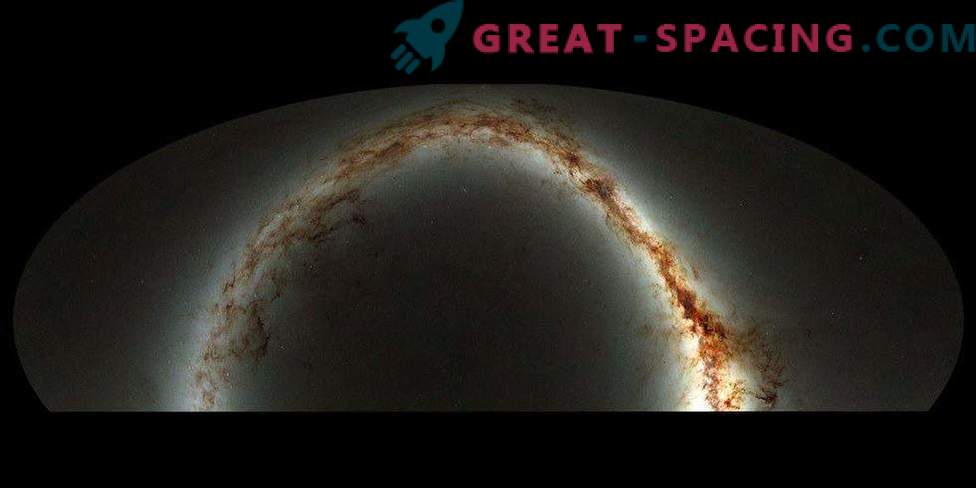
Compressed view of the sky observed from the Hawaiian Islands by the Pan-STARRS1 Observatory. The Milky Way disc resembles a yellow arc, and dusty stripes are reddish-brown threads.
“As soon as we create more sophisticated dust maps and learn about its properties, we can more accurately measure the distance to distant stars in the Milky Way,” the team said in a statement. “These maps will also help to better measure the distances to supernovae, taking into account the effect of dust on the reddening of light.”
Of course, the process is not yet complete, because the map is incomplete. Another review (survey of the southern galactic plane) will end in May.
“We have about 1/3 of the galaxy missing,” said Shlaflay, “and we are working on filling these voids.”
